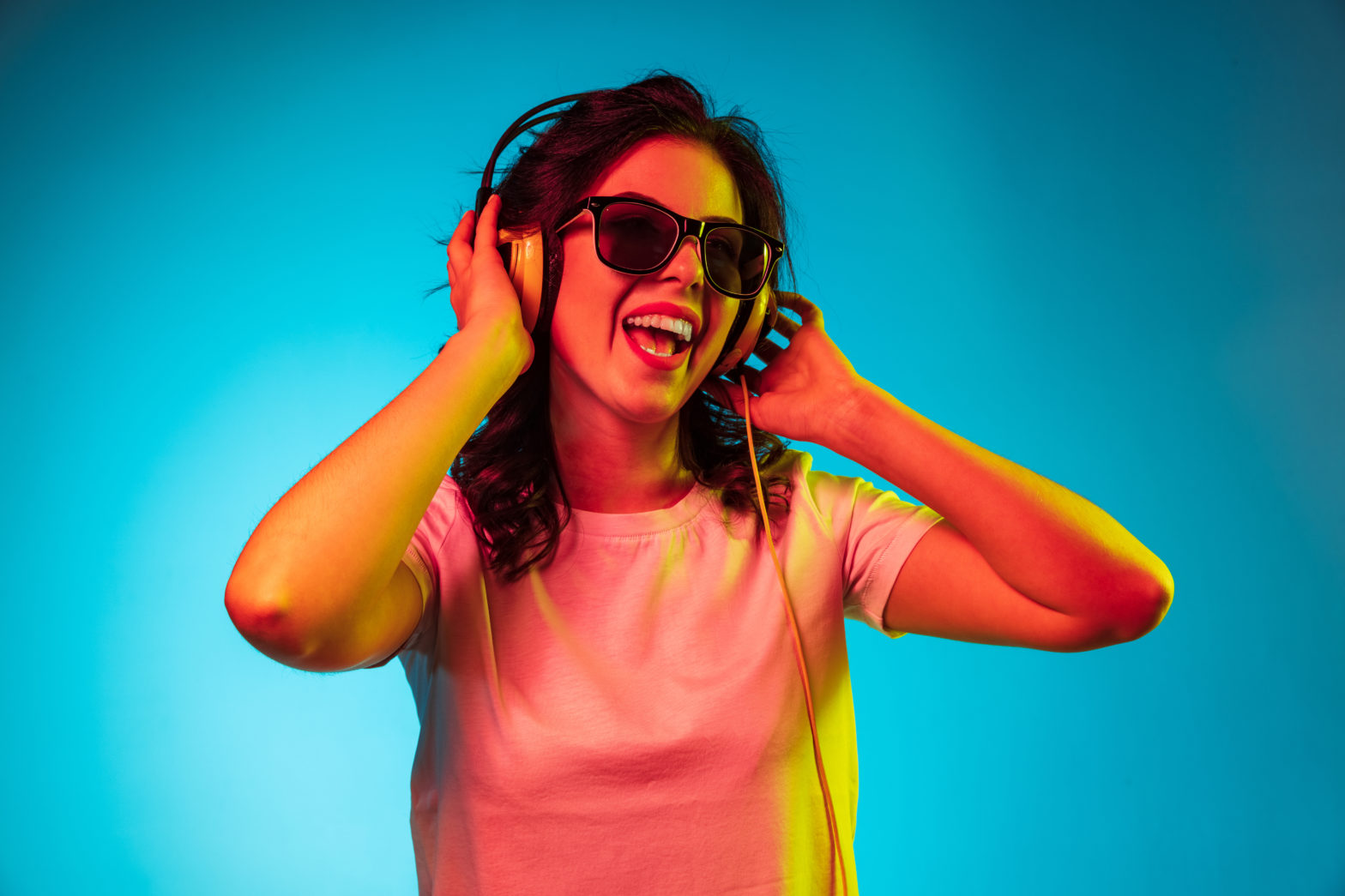We used to have to educate marketers on the benefits of a more strategic approach to use of music and sound in their communications. There’s rarely now a marketer that doesn’t grasp this – how could they not? The challenge they face today however, is understanding how to achieve that effectiveness whilst navigating the growing landscape of audio touchpoints. As new platforms, channels and services emerge fighting for the attention of our ears, the role of sound in marketing is evolving.
That’s why MassiveMusic has collated the most meaningful and groundbreaking research on marketing effectiveness, positioned through the lens of sound, in a single whitepaper titled ‘Sound Advice: The Contrarian Truth about Brands’. It offers the ultimate guide for brand marketers looking to use sound more effectively in driving distinctiveness.
Because, despite the rise in places a brand can be heard, from Spotify to Pandora, Apple to Sony, Live Nation to Playstation, it can feel daunting to a marketer to know where to start.
The contrarian truth is that nothing really has changed: despite mass technological disruption shifting our consumer behaviours and brand interactions, effectiveness principles remain the same and must revolve around brand, distinctiveness, meaningful differentiation, craft and emotion.
Changing brand perception
Jenni Romaniuk says in her book Building Distinctive Brand Assets that sound assets are the most overlooked class of all, while the Ipsos study Power of You shows that not only are sonic cues still heavily underutilised, they are also the most effective distinctive assets for gaining branded attention, beyond even celebrity endorsements and brand colours.
Our research on 1,000 people in the Netherlands tested if sonic logos could trigger the correct brand in complete isolation of other assets – and it concluded they absolutely can. Brand assets like fonts, colours and slogans rarely ever trigger brand recognition if exposed in isolation to consumers, but sound can cut through, as validated in the research.
We also tested whether a sonic identity could help bolster the brand perception and drive relevance and meaningful differentiation. Using the Interbrand Brand Health methodology, we asked the respondents questions around the brand and separated the results based on whether they correctly attributed the sound to the brand.
The results were telling: when sound is correctly attributed to the brand, the brand is perceived more favourably by the audience.
Be consistent and strategic
Connecting your message to your brand in the mind of the consumer is a big challenge. And marketers need to do everything they can to build that link. One essential guideline is ‘be consistent’, but also, ‘be strategic’. Despite there being multiple platforms on which your brand can be seen or heard, ask yourself which brand assets need to be included depending on what attribute needs to surface in every piece of comms.
Decades of research by Les Binet and Peter Field culminated in the report ‘The Long And The Short Of It’ which recommends brands balance their advertising efforts between long-term brand building (focused on reaching all category buyers) and short-term activation (highly targeted) to be maximally effective at driving profits. The greater a brand’s media spend, mix of channels and level and duration of consistency, the better chance there is to allow distinctive sonic assets to attain reach and impact.
Think about all the brand touchpoints where there is interaction with consumers through sound. With a touchpoint map, a marketer can plot which distinctive sonic assets should be consistently applied, which need to be adapted, and which can be used to effectively connect the dots.
Brands like Apple, Skype, Visa and Google often consciously or unconsciously connect these dots in highly creative ways – for example, through subtle product sounds in advertising and direct marketing like a power-up sound at the end of an ad or a contactless payment sound in the middle. When intelligently placed within advertising content, the tactic closes the loop between product and comms and greatly increases the reach of the assets.
Have a clearly defined set of first principles
Music is a highly effective tool when it comes to enhancing the emotive, storytelling power of branded content. Whether it’s the choice of commercial music, library music, playlist curation principles or guidance on potential artist or music influencer partners, having a clearly defined set of first principles will help create a consistent musical tone and aesthetic, and differentiate the brand over the long term. They will always be the guide as to how a brand should or should not sound.
Subjectiveness among stakeholders can be a challenge when creating these first principles. It’s not rare that we hear people asking for a song to be ‘beautiful’ or even ‘more yellow’. What sounds innovative and inspiring to one person can sound dated and cold to another.
That’s why, at MassiveMusic, we developed a data-driven tool called MassiveBASS in collaboration with sonic testing company SoundOut. MassiveBASS is the world’s first data-driven tool that uses data collected from over half a million participants to objectively align music with a wide selection of brand values and archetypes. For instance, it can illustrate what a charismatic explorer sounds like according to 500,000 people. It helps objectively validate choices and provides a great platform from which to build differentiating first principles.
So, be the contrarian marketer that follows the evidence, not the herd. Use the power of brand sound to your advantage. Prioritise the power of your brand building, build the right memory structures with the audience for future moments of buying, consistently and creatively integrate distinctive brand assets into all of your communications and use the power of sound to harness emotion and drive distinctiveness. The results will be music to your ears.
Source: warc.com

